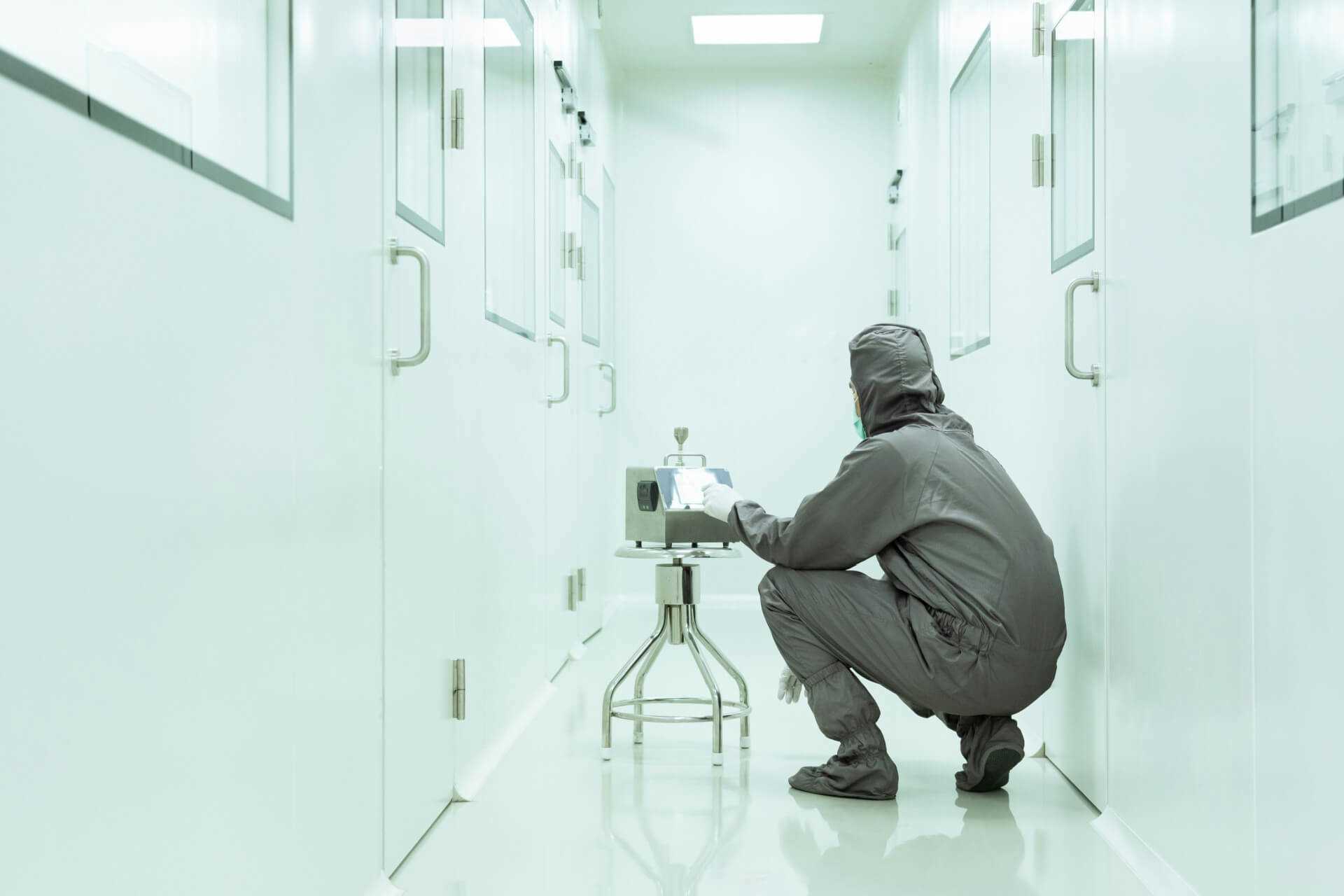
Navigating Regulatory Changes in Cleanroom Standards
In the fast-evolving landscape of cleanroom technology and regulatory standards, staying ahead of changes is crucial for maintaining compliance and operational excellence. Vibraclean is dedicated to ensuring that its clients' facilities not only meet but anticipate and adapt to these changes effectively.
Overview of Recent Regulatory Changes
Cleanroom standards are subject to continuous revision by regulatory bodies such as the ISO, FDA, and ICH. These changes can range from updated particulate levels in air quality standards to new requirements for sterility testing methods. Understanding these updates is critical for industries like pharmaceuticals, biotechnology, and electronics, where cleanroom compliance directly impacts product integrity and safety.
Impact of Regulatory Changes
Each revision in regulatory standards can have far-reaching implications for operational practices in cleanrooms. For instance, a change in the classification of a cleanroom can necessitate alterations in HVAC systems, filtration technologies, and even staff routines. These adjustments are vital to ensure that products are manufactured under compliant conditions, thus avoiding costly recalls or compliance failures.
Strategies for Staying Compliant
Vibraclean employs several proactive strategies to stay aligned with regulatory changes:
• Regular Audits: Conducting frequent audits to assess the current state of compliance and identify areas needing adjustment.
• Continuous Training: Keeping cleanroom personnel up-to-date with the latest regulations and compliance strategies through ongoing training sessions and workshops.
• Technology Upgrades: Implementing the latest cleanroom technologies and systems that not only meet current regulations but are also adaptable to future changes.
Implementing Changes in Existing Operations
Adapting to regulatory changes requires a systematic approach to retrofit existing operations without disrupting ongoing production. Vibraclean aids its clients in this transition by:
• Consultative Planning: Working closely with clients to understand the specific impacts of regulatory changes on their operations and planning the necessary upgrades or procedural adjustments.
• Phased Implementation: Introducing changes in a phased manner to minimize operational disruptions, with clear timelines and milestones for each phase.
• Validation and Documentation: Ensuring that all changes are thoroughly validated to meet regulatory requirements and are well-documented to facilitate future audits.
Preparing for Future Changes Staying ahead of potential regulatory changes involves predictive planning and strategic foresight:
• Regulatory Forecasting: Keeping an eye on discussions and draft guidelines from regulatory bodies to anticipate future changes.
• Flexible System Design: Designing cleanroom systems with flexibility and scalability in mind, allowing for easier upgrades and adjustments as standards evolve.
• Stakeholder Engagement: Engaging with regulatory bodies and industry groups to stay informed and influence developing standards.
Navigating the complex landscape of regulatory changes in cleanroom standards demands a proactive and informed approach. With its comprehensive compliance strategies and dedication to client education, Vibraclean ensures that its clients are not just reactive to changes but are ahead of the curve, thus safeguarding their operations against potential compliance risks and positioning them for continued success.
